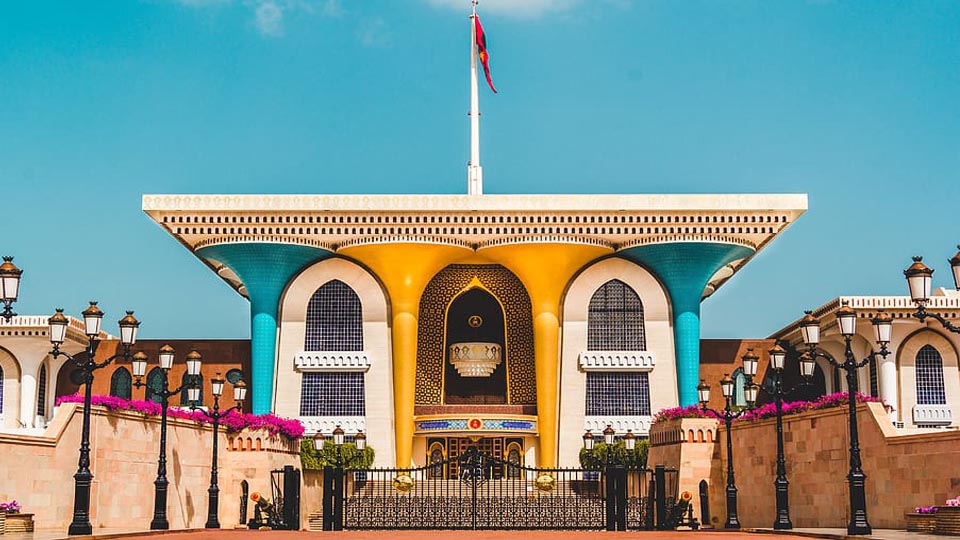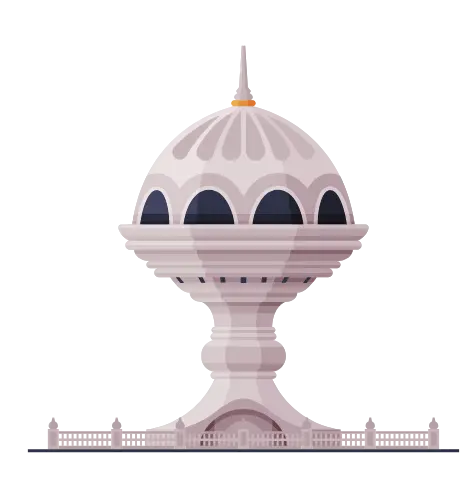Impressions of Oman – A Journey Through the Jewel of Arabia
Oman, a land of timeless charm and unspoiled beauty, captivates the heart and soul of every traveler who ventures into its embrace. Nestled on the southeastern coast of the Arabian Peninsula, this nation is a harmonious blend of tradition, modernity, and breathtaking landscapes. From the golden dunes of its deserts to the azure waters of its coastline, Oman offers an experience that is both serene and exhilarating. My journey through Oman left an indelible impression on me, one of warmth, wonder, and an enduring connection to its culture and people.

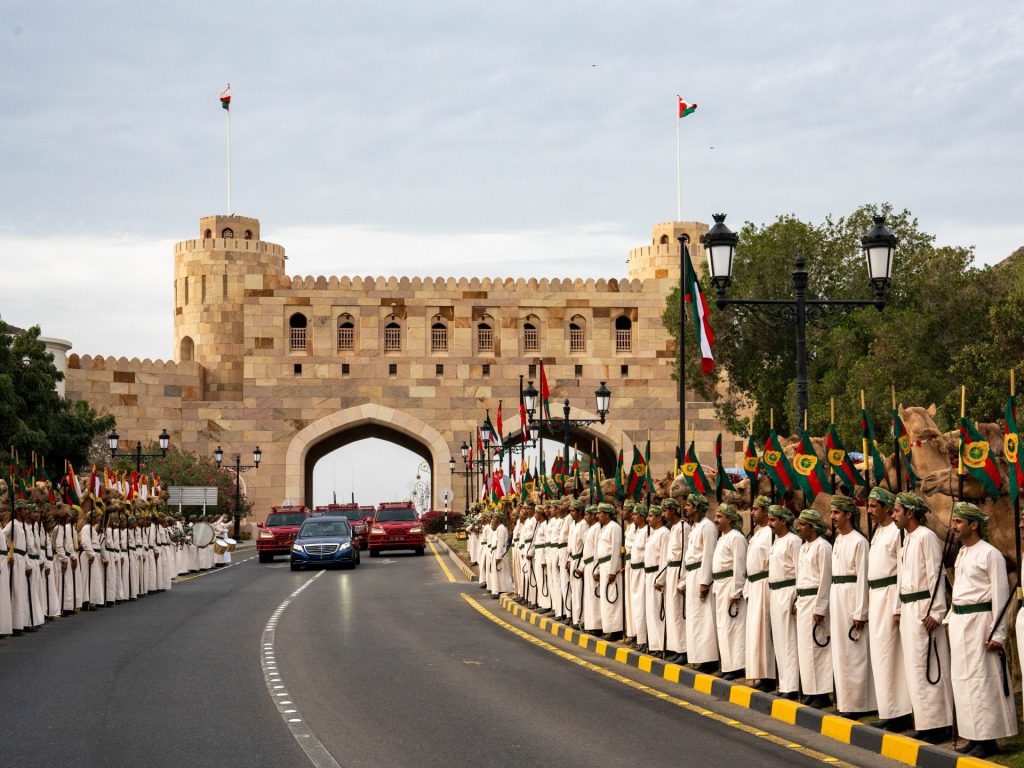
The Warmth of Omani Hospitality
One of the first things that struck me about Oman was the genuine hospitality of its people. Omanis take pride in their rich traditions of welcoming guests, a practice deeply rooted in their Bedouin heritage. Whether in bustling cities or remote villages, I was greeted with warm smiles and heartfelt gestures of kindness.
Omanis have an innate ability to make visitors feel at home. In the markets of Mutrah, vendors offered dates and qahwa (Omani coffee) as a sign of goodwill. During a visit to a rural village, a family invited me into their home, sharing stories, meals, and laughter. These moments of connection went beyond mere politeness; they reflected the essence of Omani culture—a culture that values relationships, respect, and generosity.
Muscat – A Capital of Contrasts
Muscat, Oman’s capital, is a city where ancient traditions meet modern sophistication. Unlike many other capitals in the Gulf region, Muscat’s skyline is defined not by towering skyscrapers but by domes, minarets, and low-rise buildings painted in earthy tones that reflect the desert landscape. The city’s understated elegance is a testament to Oman’s commitment to preserving its heritage.
One of my favorite experiences in Muscat was visiting the Sultan Qaboos Grand Mosque. This architectural masterpiece is a serene oasis of marble courtyards, intricate mosaics, and awe-inspiring chandeliers. The grandeur of the mosque is matched only by its peaceful ambiance, inviting visitors of all backgrounds to reflect and admire its beauty.
The Mutrah Corniche, with its sweeping views of the sea and mountains, provided a perfect backdrop for an evening stroll. Watching the sun set behind the harbor, where traditional dhows floated gracefully, was a moment of pure tranquility.
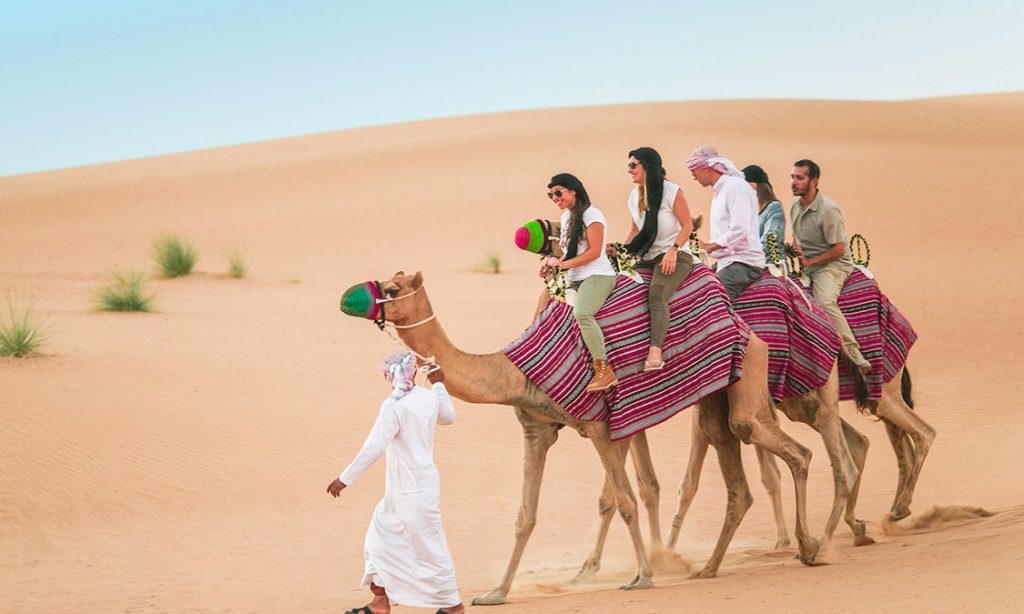

The Call of the Desert
No journey to Oman would be complete without venturing into its deserts, and the Wahiba Sands were a revelation. The endless expanse of golden dunes, shaped by the whims of the wind, is both humbling and awe-inspiring. My guide, an experienced Bedouin, shared stories of life in the desert, painting a vivid picture of survival, resilience, and harmony with nature.
Riding a camel across the dunes was an adventure that transported me back in time. As night fell, the desert transformed into a magical realm under a blanket of stars. The silence was profound, interrupted only by the crackle of the campfire and the distant call of nocturnal creatures. Sleeping under the open sky, surrounded by the vastness of the desert, was an experience that reconnected me with the simplicity and wonder of life.
The Enchantment of Oman’s Coastline
Oman’s coastline is a treasure trove of natural beauty and marine biodiversity. The turquoise waters of the Arabian Sea are framed by dramatic cliffs, pristine beaches, and hidden coves. I spent a day exploring the fjord-like inlets of the Musandam Peninsula, often referred to as the “Norway of Arabia.” Cruising through these tranquil waters on a traditional dhow was a surreal experience, with dolphins playfully accompanying our journey.
Further south, the beaches of Salalah offered a different kind of allure. The region’s unique Khareef (monsoon) season transforms the landscape into a lush green paradise, a stark contrast to Oman’s arid deserts. Swimming in the clear waters and strolling along the palm-fringed beaches of Salalah felt like stepping into a tropical oasis.
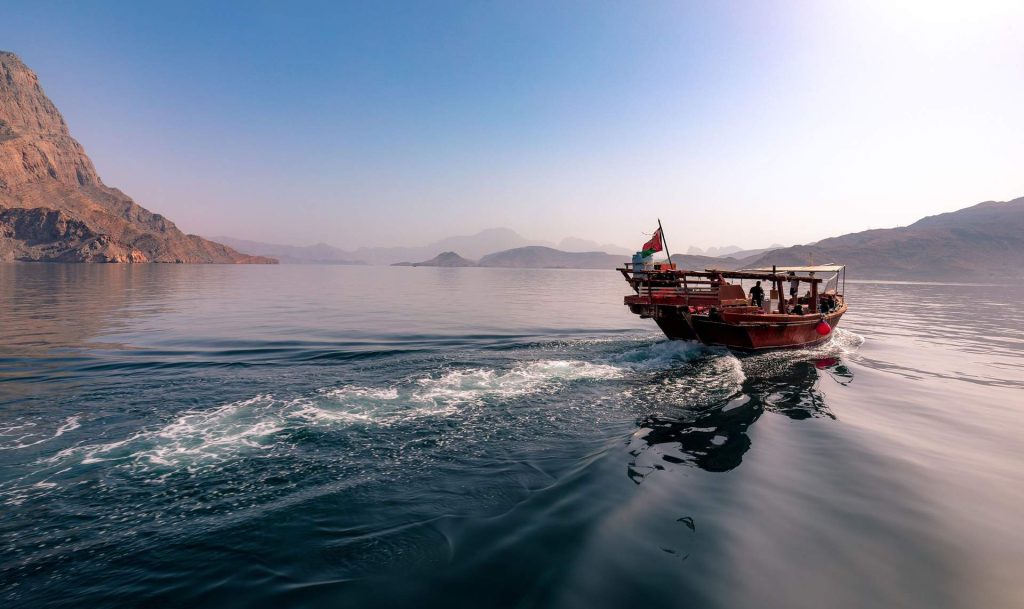
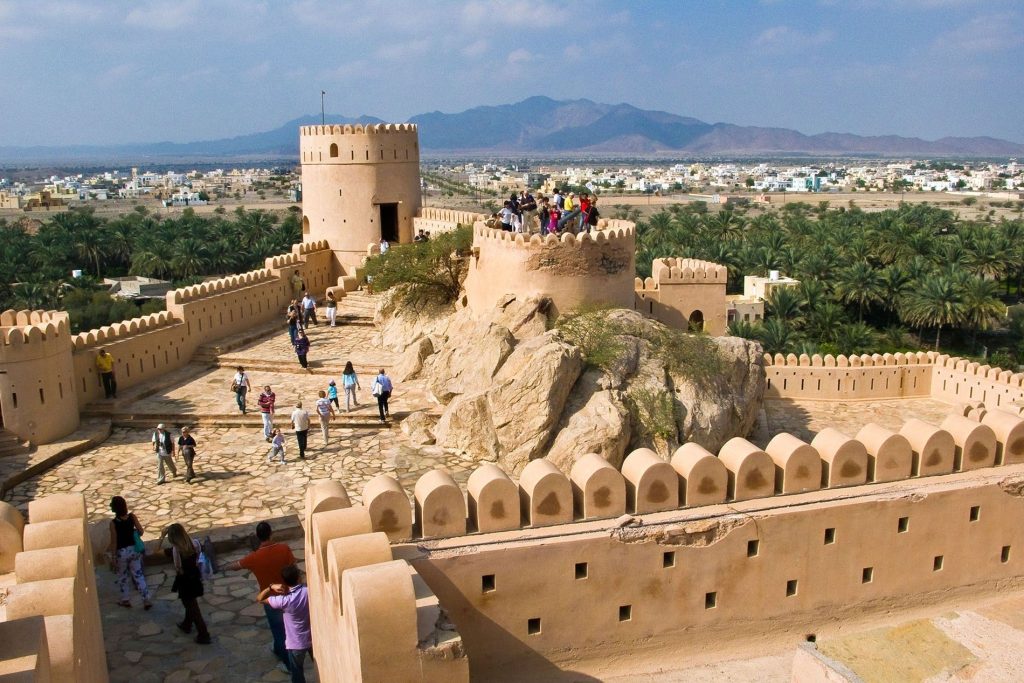
Ancient Forts and Timeless Villages
Oman’s rich history is etched into its ancient forts and traditional villages, each telling a story of resilience, trade, and cultural exchange. Nizwa Fort, with its towering battlements and labyrinthine passages, transported me to a time when Oman was a center of commerce and learning. The view from the fort’s watchtower, overlooking the bustling souq and surrounding mountains, was nothing short of spectacular.
In Al Hamra, I wandered through a village of clay houses that seemed frozen in time. The simplicity and ingenuity of the architecture were a testament to the resourcefulness of Oman’s ancestors. Nearby, the terraced farms of Wakan Village showcased the enduring relationship between Omani farmers and their land, where every drop of water is cherished and utilized efficiently.
A Symphony of Flavors
Omani cuisine is a reflection of the country’s maritime history and cultural diversity. The spices of Zanzibar, the influences of India, and the flavors of the Arabian Peninsula converge in dishes that are both hearty and aromatic.
One meal that stood out was shuwa, a dish traditionally prepared during celebrations. Meat marinated with a blend of spices is wrapped in banana leaves and slow-cooked in an underground sand oven for hours. The result is tender, flavorful meat that melts in your mouth. Another favorite was majboos, a spiced rice dish often served with chicken or fish, accompanied by fresh salads and a side of tangy lime pickle.
Omani sweets like halwa, made from dates, rosewater, and nuts, provided the perfect ending to every meal. Paired with Omani coffee, these treats were a delightful way to experience the essence of Omani hospitality.

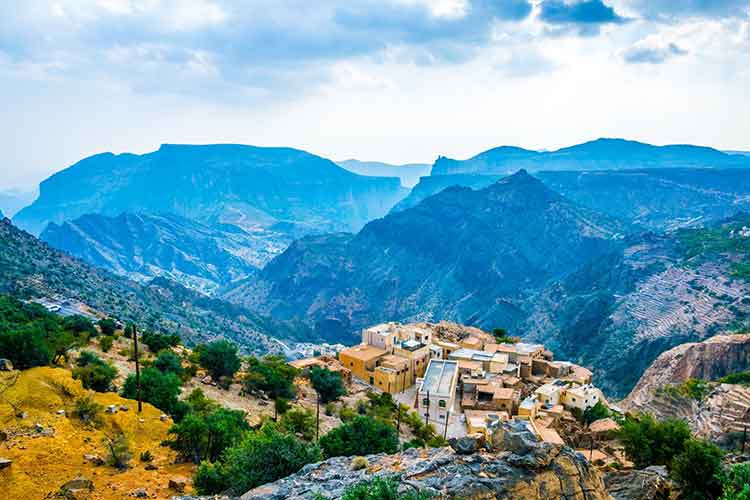
Nature’s Masterpiece – Jebel Akhdar and Beyond
Oman’s natural diversity extends to its mountain ranges, and Jebel Akhdar, or the “Green Mountain,” was a highlight of my trip. Perched high above sea level, this region is a haven of cool air, terraced farms, and breathtaking views. The scent of blooming roses filled the air as I explored the rose gardens that produce Oman’s famous rosewater.
Hiking through the trails of Jebel Akhdar offered panoramic vistas of rugged canyons and ancient villages clinging to the mountainsides. Each step revealed a new perspective, a reminder of Oman’s commitment to preserving its natural and cultural heritage.
A Lasting Impression
As my journey through Oman came to an end, I found myself reflecting on the impressions this incredible country had left on me. Oman is a place where tradition and progress coexist in harmony, where the landscapes are as diverse as the culture, and where the people embody the spirit of generosity and warmth.
Oman’s beauty lies not just in its stunning deserts, mountains, and coasts, but in the stories of its people, the richness of its history, and the authenticity of its experiences. It’s a destination that invites you to slow down, to connect with nature, and to immerse yourself in a culture that values simplicity and connection.
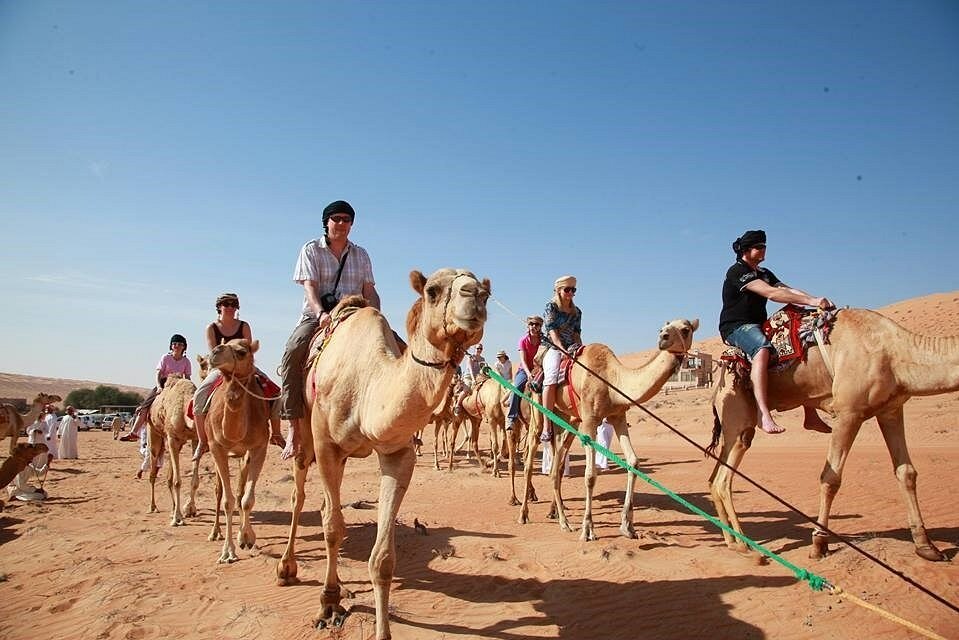

Plan Your Journey with Pinkstone Travel
For those inspired to explore the wonders of Oman, Pinkstone Travel is your trusted travel partner. Based in Muscat, we specialize in crafting unforgettable travel experiences tailored to your preferences. From the ancient souqs of Mutrah to the serene peaks of Jebel Akhdar, we’ll help you discover the magic of Oman.
Customized Oman Tours
Whether you’re seeking adventure in the desert, relaxation by the coast, or a deep dive into Omani culture, Pinkstone Travel ensures a seamless and enriching journey. Let us handle the details while you create memories that last a lifetime.
Oman is more than just a destination—it’s an experience that touches the heart and soul. From its landscapes to its culture, Oman leaves an impression that lingers long after you’ve said goodbye. Venture into this jewel of Arabia and discover its timeless charm for yourself.

